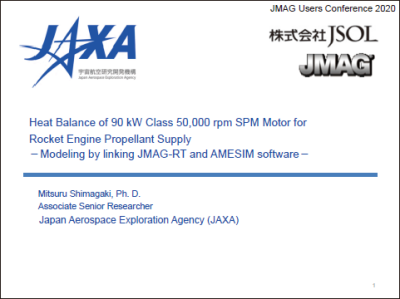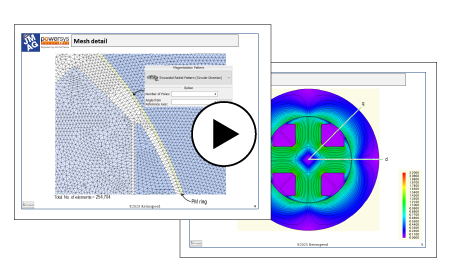

Webinar with subtitles in multilingual:
“Brush up on Motor Design!” Vol.35 has been released!
“Brush up on Motor Design!” by Prof. Miller, an authority on motor design is available on our website.
From beginners in motor design to experts in design and analysis, this content can be of reference to everyone.
The following webinars have been published this month.
You can view it not only in English but also in many languages!
[Vol.035] Inherent saliency of the wound-field synchronous motor
In this 35th seminar, I would like to complete the series of examples in which we have used the sine-distributed winding to study the inherent saliency of various synchronous motors. The last example is the wound-field synchronous motor.
This theory of the ideal model can be found in various conference and papers going back many decades.
Nevertheless they explain the underlying concepts in machine design that remain important today.
You can also make inquiries to Prof. Miller if you have any questions. There is a comment form at the bottom of each seminar page.
If you have any comments, please!!
In addition, we have published columns on various themes.
We recommend first taking a look at “An engineer’s diary”.
JMAG Open Interface programs
We have updated our site introducing case studies of linked analysis.
In recent years, the sophistication of electrical equipment design is required. As known there is a limit to the design of magnetic circuits alone, therefore multifaceted evaluations such as structure, vibration, heat, and control are required at the same time.It is more efficient to perform coupled analysis by linking different software where they have their own strength in the respective physical phenomenon rather than to adhere to one CAE software.

This week, we present a case study from Japan Aerospace Exploration Agency.
Please access the page above to view the case study.



